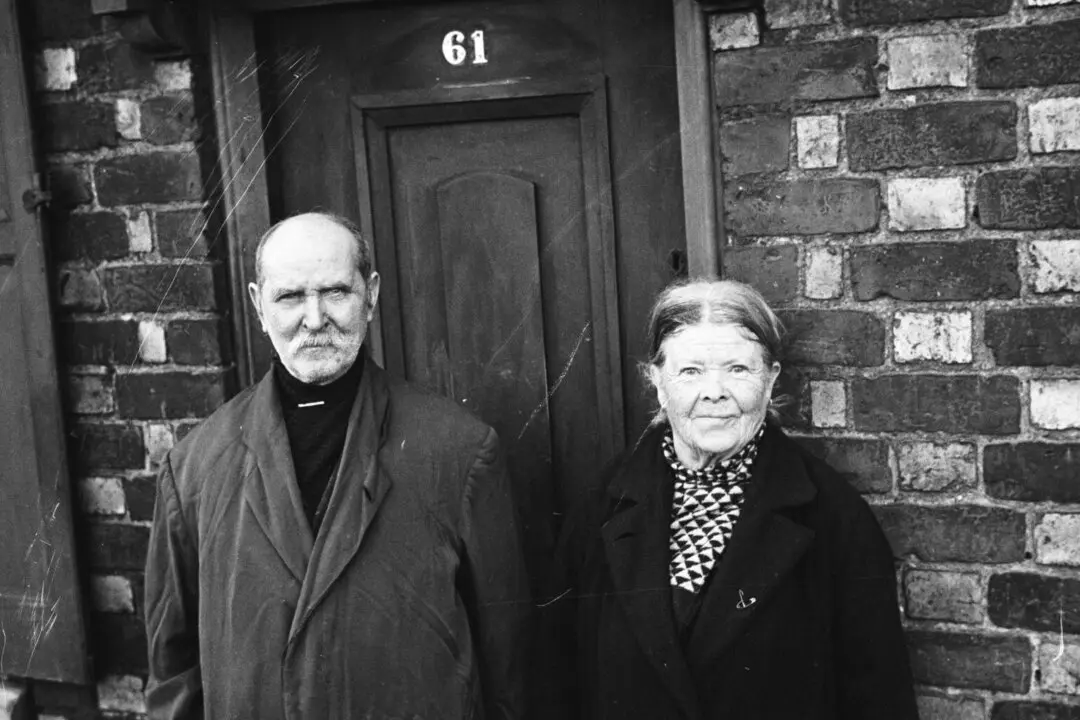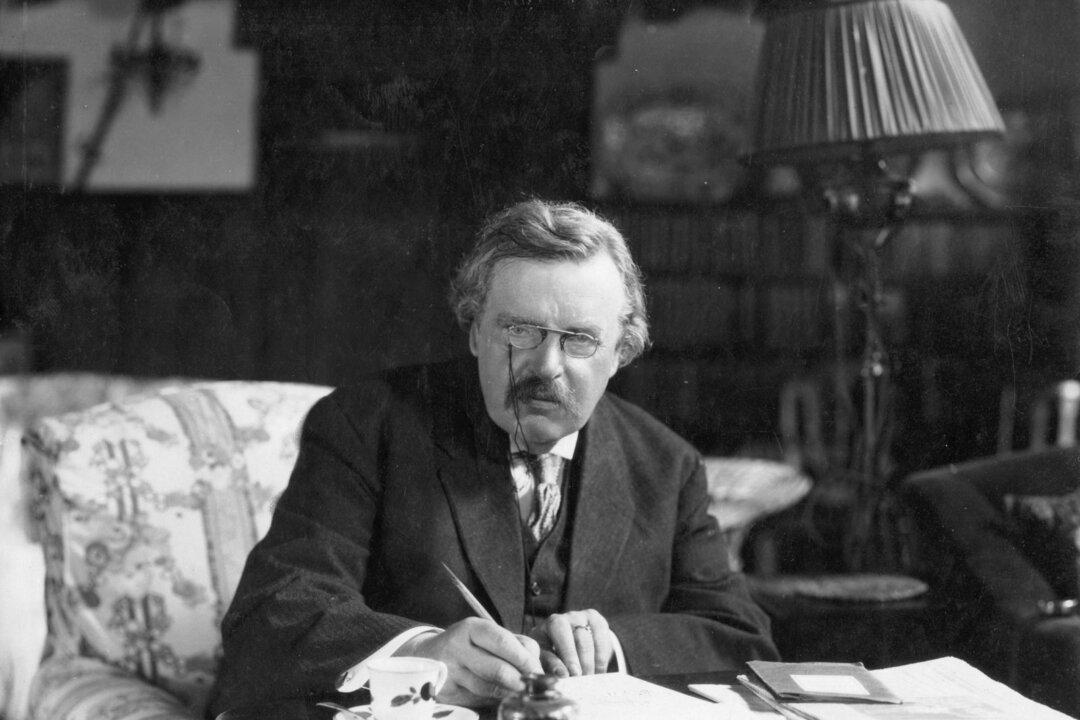The Wolf is in his lair, plotting.
Near the Führer sits a 36-year-old officer, a descendant of an ancient and venerable German family, a combat veteran missing an eye and two fingers. His name is Claus von Stauffenberg. The blood thrums in his temples, his heart heaves in his chest, and his throat dries like withered grass because of what he is about to do.






